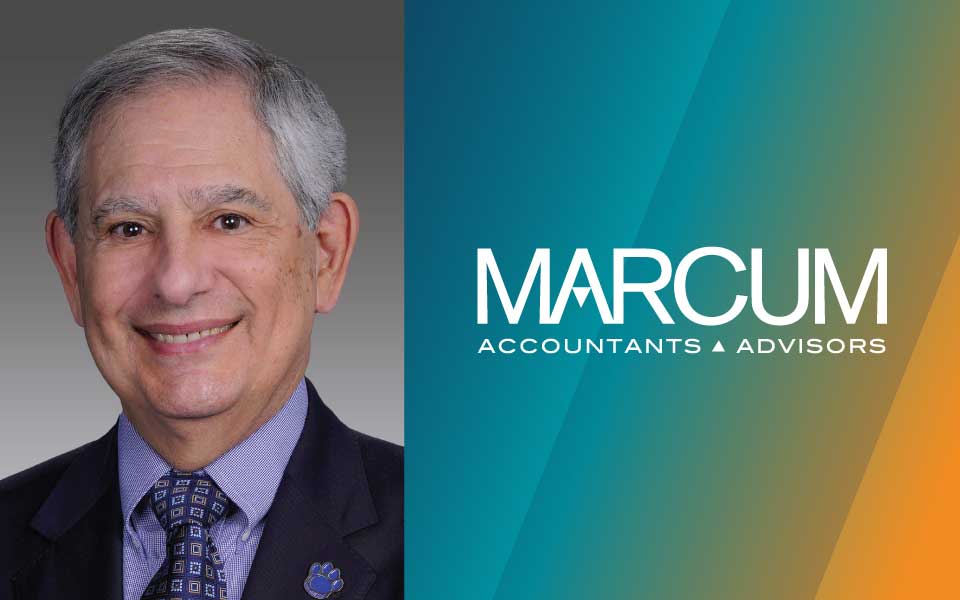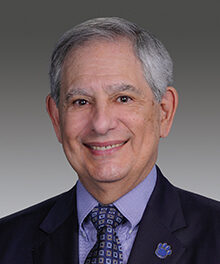Article by David Glusman, Advisory Services Partner and Michael Molder, Advisory Services Senior Manager, "Memo to File: Protecting Attorney-Expert Communications," Featured in The Legal Intelligencer
The Legal Intelligencer
By David Glusman, Partner-in-Charge of the Philadelphia Office and Michael Molder, Advisory Services Senior Manager

As litigators, you are experts in trying cases. You intuitively know the difference between a motion to dismiss and one for summary judgment. You understand why you need to move for a directed verdict to protect the right to move for judgment non obstante veredicto. You are skilled in the chess match that is typical in litigation—who makes a good witness; how to present your client’s story; in short, what it takes to move the fact-finder. Typically, you are not experts in mechanical engineering, corporate finance or neurology. But litigation today, like so much of life, involves highly technical issues. In many cases, a general knowledge of science or commerce or health care is not enough for an attorney to represent his or her client effectively—the days of Hadley v. Baxendale, 9 Ex. 341, 156 Eng. Rep. 145 (1854), are gone.
Industry experts provide the technical knowledge that today’s litigators need to represent their clients. Clients can’t always provide the kind of detail knowledge required. Even when they can, getting that information from a client can be problematic for the case down the road and may not be clear enough for the judge or jury. Fortunately, expert witnesses, who are needed anyway to provide technical analysis to the fact-finder, can be that resource. Until recently, however, the potential discovery of attorney communications with experts has been a murky subject. Asking an expert to identify weaknesses in the deposition testimony of an opposing party’s witness would not be helpful if, prior to trial, the expert’s summary was discoverable, allowing the witness to shore up his testimony at trial. Asking a damages expert to analyze the financial ramifications of a variety of settlement alternatives becomes a liability if that expert is required to divulge your client’s acceptable range of values.
In 2010, the U.S. Supreme Court adopted an amendment of Federal Rule of Civil Procedure 26 that limited discovery of opposing party experts to communications related to (1) the expert’s compensation, (2) the identity of facts or data that the party’s attorney provided to the expert and the expert relied upon in forming his or her conclusions, and (3) assumptions that the party’s attorney provided to the expert and the expert relied upon in reaching his or her conclusions. This rule change alleviated many of the discovery concerns that attorneys had in working with experts. As the advisory committee noted, this amendment resolved many issues including the added cost of hiring a “consulting” expert in addition to the “testifying” expert to protect the attorneys’ education process on technical aspects of a case.
The amendment to Rule 26 streamlined attorney-expert communications in the federal courts, but did nothing to alleviate the problem in Pennsylvania state courts, and the issue came to a head in Barrick v. Holy Spirit Hospital, 91 A.3d 680 (Pa. 2014). In that case, the plaintiff alleged injuries from the collapse of a chair in the hospital cafeteria. The plaintiff’s counsel designated the plaintiff’s treating physician as an expert in the ensuing litigation. The defendants subpoenaed documents from the physician’s practice, which provided treatment related medical records, but withheld emails and other communications between the physician and counsel that “were not created for treatment purposes.” The trial court granted the defendants’ motion to compel and a panel of the Superior Court upheld that ruling.
On Nov. 19, 2011, the Superior Court granted en banc review and, about a year later, reversed.
The Superior Court found that Pa.R.C.P. 4003.5, which governs discovery of non-party expert witnesses, limits inquiry of an opposing party’s experts to written interrogatories served upon the party, not the expert. Those interrogatories are limited to inquiry of “the facts and opinions to which [the opposing experts] are expected to testify and to summarize the grounds for each such opinion.” The answering party can respond with either written responses or an expert report. A party can only obtain discovery of an opposing expert beyond this by showing cause and obtaining a court order for additional discovery.
In analyzing the discovery requested in the context of the work product doctrine, the Superior Court stressed that the defendant had not demonstrated, or “shown cause,” why plaintiffs’ counsel’s thought processes “must yield to the need for discovery.” Ultimately, the Superior Court concluded, “the written communication between counsel and an expert witness retained by counsel is not discoverable under the Pennsylvania Rules of Civil Procedure to the extent that such communication is protected by the work-product doctrine, unless the proponent of the discovery request shows pursuant to Pa.R.C.P. 4003.5(a)(2) specifically why the communication itself is relevant.” In the subsequent appeal of the Superior Court ruling, an evenly divided Pennsylvania Supreme Court affirmed. The opinion in support of affirmance (OSA) recounted much of the Superior Court’s analysis, focusing even more on the provision in the rules that permits more extensive discovery, including communications between an attorney and an expert, if there is “cause shown.” The OSA reasoned that if a party has a substantiated reason to believe that counsel is drafting the expert’s report or otherwise putting words in the expert’s mouth, it should convince the court to permit additional discovery. For the OSA, this interpretation “embraces both liberal discovery and protection of attorney work product.” The opinion in support of reversal (OSR), on the other hand, focused on the concerns of some that expert witnesses “are nothing more than willing musical instruments upon which manipulative counsel can play whatever tune desired.” The OSR contends that the OSA failed to give sufficient consideration to this concern.
Where the two opinions were aligned was the need for court involvement in favor of blanket rules allowing or denying discovery. Both opinions took issue with the trial court’s lament that in camera review of redacted documents was burdensome for a court. It appears the justices agree that it is the trial court’s job to referee discovery disputes and make the call as situations arise, whether a particular document should be discoverable.
Due to the procedural issue of an evenly divided court, the status of attorney communications with experts, while decided, might have remained uncertain. However, on July 9, the Pennsylvania Supreme Court adopted the Civil Rules Committee’s Proposed Recommendation No. 248. The amendment, which became effective Aug. 9, added Subsection (4) to existing Rule 4003.5, which prohibits discovery of communications between another party’s attorney and identified trial experts.
As the Rules Committee noted in its explanatory comment, “If facts or data which the expert considered were provided by counsel or if the expert relied on assumptions provided by counsel, they must be included in the expert report.” As Rule 4003.5(c) limits an expert’s direct testimony to the facts and opinions “developed in discovery proceedings” including the expert report and responses to interrogatories, protection of attorney-expert communications does not prejudice an opposing party.
To the extent the expert’s report is vague or unclear as to the source of the facts and assumptions supporting the expert’s conclusions, a party would have cause to seek additional discovery. Thus, a well-reasoned and fully documented expert report will eliminate much of the ambiguity that opposing parties can use to justify a claim for additional discovery.


















